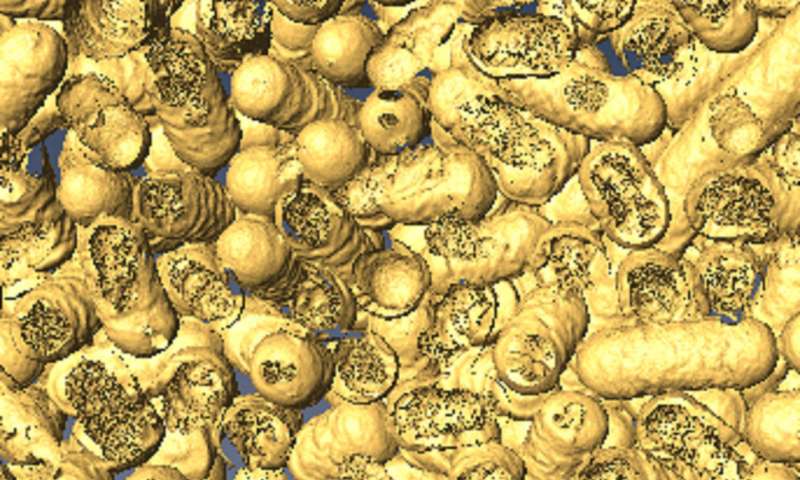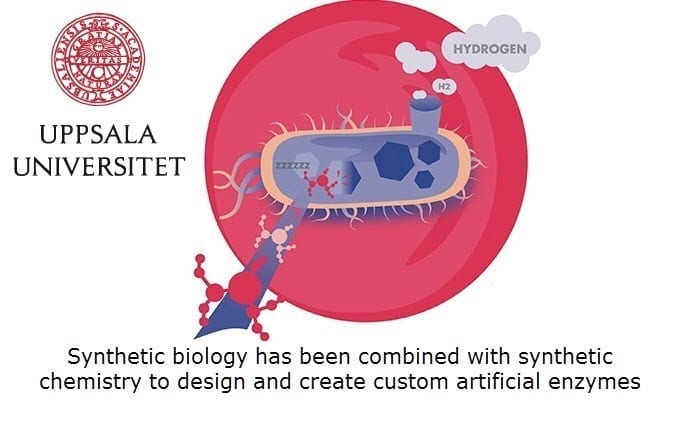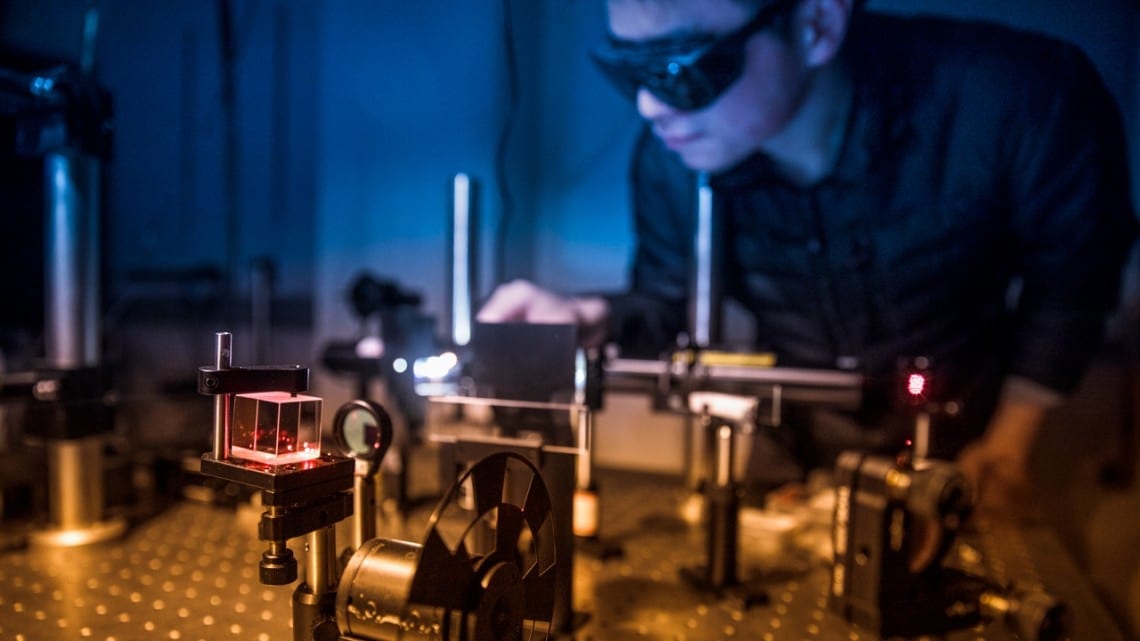
Researchers from RMIT University have developed a new artificial enzyme that uses light to kill bacteria.
E coli can cause dysentery and gastroenteritis, while Golden Staph is the major cause of hospital-acquired secondary infections and chronic wound infections.
Made from tiny nanorods – 1000 times smaller than the thickness of the human hair – the “NanoZymes” use visible light to create highly reactive oxygen species that rapidly break down and kill bacteria.
Lead researcher, Professor Vipul Bansal who is an Australian Future Fellow and Director of RMIT’s Sir Ian Potter NanoBioSensing Facility, said the new NanoZymes offer a major cutting edge over nature’s ability to kill bacteria.
“For a number of years we have been attempting to develop artificial enzymes that can fight bacteria, while also offering opportunities to control bacterial infections using external ‘triggers’ and ‘stimuli’,” Bansal said. “Now we have finally cracked it.
“Our NanoZymes are artificial enzymes that combine light with moisture to cause a biochemical reaction that produces OH radicals and breaks down bacteria. Nature’s antibacterial activity does not respond to external triggers such as light.
“We have shown that when shined upon with a flash of white light, the activity of our NanoZymes increases by over 20 times, forming holes in bacterial cells and killing them efficiently.
“This next generation of nanomaterials are likely to offer new opportunities in bacteria free surfaces and controlling spread of infections in public hospitals.”
The NanoZymes work in a solution that mimics the fluid in a wound. This solution could be sprayed onto surfaces.
The NanoZymes are also produced as powders to mix with paints, ceramics and other consumer products. This could mean bacteria-free walls and surfaces in hospitals.
Public toilets — places with high levels of bacteria, and in particular E coli — are also a prime location for the NanoZymes, and the researchers believe their new technology may even have the potential to create self-cleaning toilet bowls.

A 3D rendering shows dead bacteria and where it has been eaten by the NanoZymes. Photo: Dr Chaitali Dekiwadia/ RMIT Microscopy and Microanalysis Facility
While the NanoZymes currently use visible light from torches or similar light sources, in the future they could be activated by sunlight.
The researchers have shown that the NanoZymes work in a lab environment. The team is now evaluating the long-term performance of the NanoZymes in consumer products.
“The next step will be to validate the bacteria killing and wound healing ability of these NanoZymes outside of the lab,” Bansal said.
“This NanoZyme technology has huge potential, and we are seeking interest from appropriate industries for joint product development.”
Learn more: New NanoZymes use light to kill bacteria
The Latest on: NanoZymes
[google_news title=”” keyword=”NanoZymes” num_posts=”10″ blurb_length=”0″ show_thumb=”left”]
via Google News
The Latest on: NanoZymes
- Freeze casting: A guide to creating hierarchically structured materialson April 24, 2024 at 5:00 pm
Oct. 16, 2023 — Nanozymes are synthetic materials that mimic the properties of natural enzymes for applications in biomedicine and chemical engineering. They are generally considered too toxic ...
- Nanoparticle News and Researchon April 23, 2024 at 5:00 pm
Researchers at Georgia Tech and the University of Wisconsin have created a broad-spectrum vaccine capable of defending against various SARS-CoV-2 variants and related bat coronaviruses. An article ...
- A closed-loop drug-delivery system could improve chemotherapyon April 23, 2024 at 5:00 pm
To make chemotherapy dosing more accurate, MIT engineers have come up with a way to continuously measure how much drug is in the patient’s system during the hours-long infusion. This could help ...
- Macrophage Delivery of Therapeutic Nanozymes in a Murine Model of Parkinson's Diseaseon March 31, 2024 at 5:00 pm
Biodistribution studies suggest that nanozyme-loaded BMMs might release a portion of catalase in the blood stream, and then the nanozymes are able to reach the CNS independently of cell carriers.
- Nanozymes: The Next Generation of Enzyme Mimeticson March 20, 2024 at 3:15 am
Nanozymes are nanomaterials that exhibit enzyme-like catalytic properties. They are designed to mimic the structure and function of natural enzymes, offering unique advantages such as high stability, ...
- 'Artificial tongue' detects and inactivates common mouth bacteriaon February 26, 2024 at 10:42 am
When hydrogen peroxide and a colorless indicator were added in solution, the presence of nanozymes caused the indicator to turn bright blue. However, bacteria that adhered to the DNA decreased the ...
- Winner: 2023 Dalton Horizon Prizeon June 12, 2023 at 2:45 pm
For the development of rational design strategies for high performance nanozymes and exploration of their biomedical applications. The study of nanozymes embodies a remarkable blend of multiple ...
- Dalton Horizon Prizeson March 8, 2021 at 3:41 am
Awarded for the development of rational design strategies for high performance nanozymes and exploration of their biomedical applications. The High-Performance Nanozyme Designer team from Nanjing ...
via Bing News










